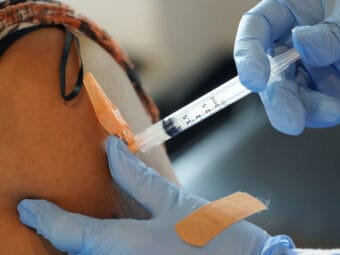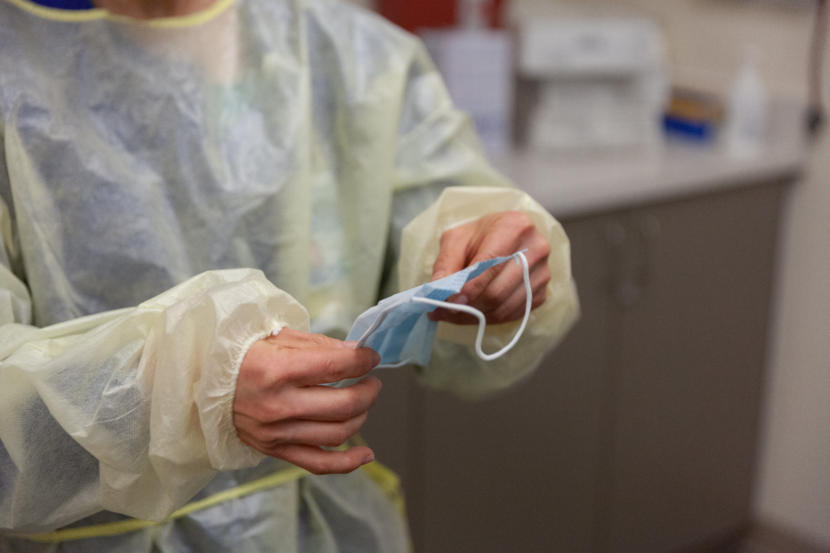
Leaders of Alaska’s largest hospitals say a steep rise in COVID-19 hospitalizations is straining a health care system that’s already struggling with staffing shortages and a burned-out workforce.
In an unusual news conference Tuesday, executives said that the spike in hospitalizations is forcing them to reinstate some of the emergency measures taken earlier in the pandemic, before the rollout of the vaccines.
One Anchorage hospital is now limiting its non-emergency surgeries again and reopening its COVID wing. Another has had to postpone elective surgeries. And a Southeast hospital is putting visitor restrictions back in place. Alaska ranked on Tuesday as the state with the third-highest increase in hospitalizations over the past two weeks, behind Louisiana and Alabama.
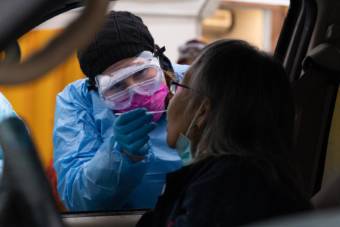
(Katie Basile/KYUK)
“It’s déjà vu all over again,” said Dan Winkelman, head of the Bethel-based Yukon-Kuskokwim Health Corp. “Unfortunately, we’re kind of starting off like it was last fall, at least out here in the Y-K Delta, and that’s very concerning.”
Winkelman joined a half-dozen other hospital officials at the news conference to warn Alaskans about the recent surge in coronavirus patients and to plead with them to get vaccinated — now.
“This is extremely serious,” said Jared Kosin, head of the Alaska State Hospital and Nursing Home Association, which called the news conference. “We’re not interested in the political side of this. We are trying to get the message out of what’s going on.”
Kosin said it’s only the second time in at least a decade that his association has scheduled a news conference.
“We do not do this lightly,” he said. “Why we’re here right now is many of Alaska’s hospitals — especially our highest care settings in Anchorage — are at or near capacity,”
Some 95 Alaskans are currently hospitalized with COVID-19.
Kosin said hospitalization figures are back to December levels. And the increase comes as hospitals are already dealing with the usual summer uptick in patients, plus hiring challenges. State dashboards still show about 420 non-ICU beds available statewide and 42 ICU beds open, but officials say that capacity is constantly changing and can also be limited by staffing.
“At this rate, we’re tracking toward a significant-care event,” Kosin said. “And on the downside here, the health care system is in a far more fragile state than it was before: We have less room. We have less staff, and we have a burned out workforce.”
“On the upside,” he added, “we have an effective tool in play, and that’s the vaccine.”
But public health officials have been struggling for weeks to boost Alaska’s stalling vaccination rates, and the state’s prior COVID-19 mandates are now expired or advisories, leaving behind a patchy local response that varies by community and by region.

Meanwhile, the federal Centers for Disease Control and Prevention on Tuesday revised its guidance on wearing masks: It’s now recommending that some fully-vaccinated people wear face masks indoors if they live in areas with significant or high spread.
But the Alaska hospital officials, in Tuesday’s news conference, were far more focused on vaccines than masking or other mandates or policy measures.
Kosin said ASHNA is urging local policymakers to pay attention to the latest wave of cases and respond.
“It’s going to be up to policymakers to make informed decisions,” he said. “We’re giving you the information. This is extremely serious. We know the vaccines are our best bet. We also know that masking works, and we’re seeing different markets deploy specific masking requirements. But we also understand the reality that a lot of people have to come on board and make those calls.”
Alaska’s rise in coronavirus patients comes as many states across the country experience a spike in cases and hospitalizations driven largely by the highly contagious delta variant infecting unvaccinated people.
Local hospital leaders say the national trend is repeating itself here: Alaskans hospitalized with the coronavirus now are generally sicker, younger — between ages 30 and 55 — and unvaccinated.
“The vast majority of people who are sick enough to require oxygen and require hospital care have been people who are unvaccinated,” said Dr. Elliot Bruhl, chief medical officer of the Southeast Alaska Regional Health Consortium.
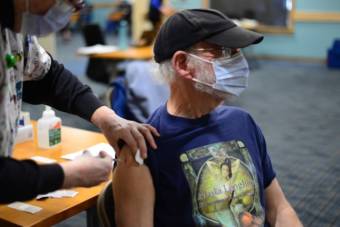
The tribally run consortium serves Southeast Alaska, including the community of Sitka, which is in the middle of its largest COVID-19 outbreak of the pandemic yet.
“The Anchorage shortage of available beds is a real concern for those of us who practice here in the southeast and in these communities, because we rely on Anchorage to be a resource if we’re overwhelmed,” Bruhl said. “So we’ve been looking to Seattle at the present time if need be.”
Alaska’s largest hospital, Providence Alaska Medical Center, has operated with its adult inpatient beds at capacity for the last few weeks, and nearly all of its ICU beds are consistently full, said Ella Goss, the hospital’s chief executive.
To manage capacity, Providence postponed non-urgent elective surgeries that would require an overnight stay on Monday and Tuesday, said Goss. The hospital’s biggest challenge, she added, is staffing.
“While COVID-19 is not the largest contributor to our capacity issues currently, an additional wave of COVID cases would be throwing kerosene on fire,” she said.
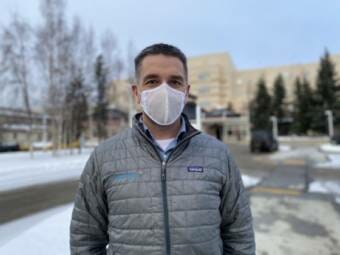
At Alaska Native Medical Center in Anchorage, Dr. Bob Onders described the last week and a half as “extremely challenging.”
“This morning, we are closing off one of our wings again, just like in the fall, to make it a COVID unit,” said Onders, the hospital’s chief executive. “Our testing (positivity rate) at ANMC has more than doubled in the last few days. And we are seeing about a 9% positivity rate.”
A 5% positivity rate is generally considered “too high,” according to the CDC.
Onders said the hospital is also putting its visitor restrictions back in place.
He also called on Alaskans to get vaccinated. He said he’s particularly concerned about the latest wave of cases interfering with the start of school next month.
“The need for action is now,” he said.

